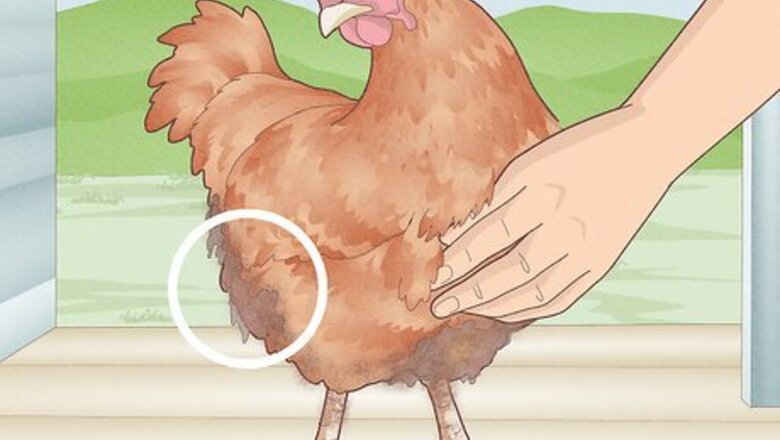
views
Creating a Bathing Area
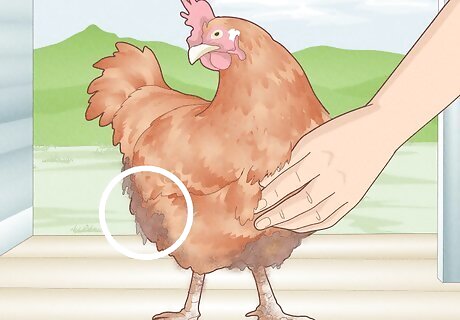
Bathe your chicken only when necessary. Most chickens can keep themselves reasonably clean by taking regular dust baths and grooming on their own. However, if your bird has caked on droppings or has been sprayed by a skunk, then a bath is required. Other reasons for bathing include cleaning out or assessing a wound on your bird. If your bird is sick, then it’s possible that they may stop grooming themselves. If this happens, then you’ll need to bathe them. Also, take your chicken to the vet as soon as possible.
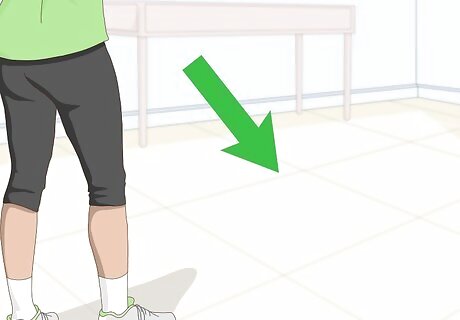
Choose a washing station location. This needs to be in an area that is average room temperature, not too cold or drafty. It’s also best if the flooring is tile, concrete, or another substance that is water-resistant. You’ll need a fairly large flat surface to work on. You could use a sturdy table or even sit on the floor next to the bins. A mudroom would be an ideal place in the house or a wash rack outdoors.
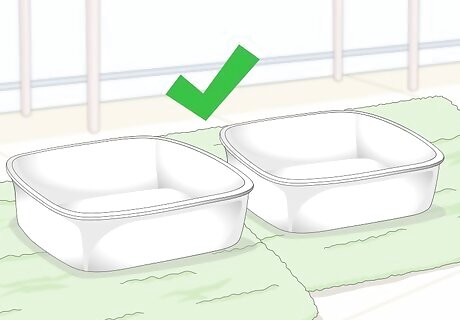
Set up the washing station. Lay a few old, large towels out on the floor. These should cover the entire washing area floor. Then, bring over 2 large bins or tubs and set them in the middle of the towels. The bins can be metal or plastic, just make sure that you are comfortable rinsing them out afterward. Don’t use these same bins or towels for any other cleaning purpose. Otherwise, the chemical residue left behind on them could damage your chicken’s feathers. If the bins are at all dirty before use, rinse them out to avoid transferring this dirt to your chicken. Set another towel a little bit away from the bins. You’ll use this dry towel as a drying station for your chickens.

Put 5-6 drops of dish soap into 1 of the bins. Choose a dish soap that is gentle on the skin, such as Dawn or Softsoap. Then, place the soap drops in the tub prior to adding the water. When you add the water in the soap will create suds and bubbles to help clean your chicken. You can always add more or less soap depending on how bubbly you’d like the water to be. Don’t make the water too soapy since it may be difficult to rinse off your chicken afterward. Dawn dish detergent is the soap preferred for use by most wildlife rehabilitators and caretakers. The other bin without soap will be used for rinsing your birds off.
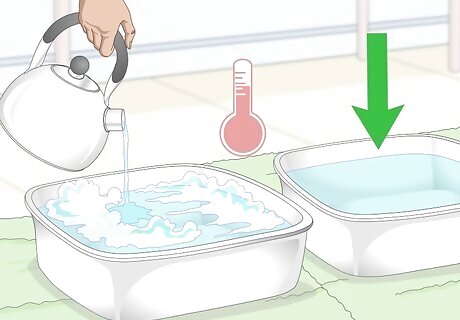
Fill up both bins with warm water. Fill up containers with water from the sink. Pour them into each bin until the water levels are a few inches off of the top. You can also use a hose to fill up the bins, just test the water temperature to make sure it isn’t too cold. Test the water with your hand before putting a chicken into it. You should be able to submerge your hand and only feel a slight warmth, no burning sensation.
Washing Your Chicken
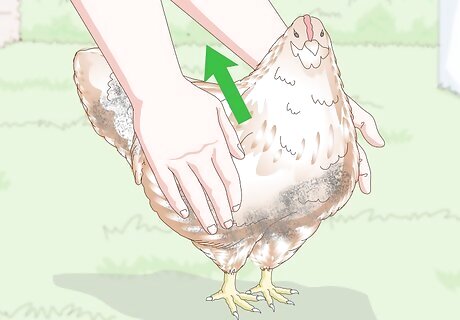
Retrieve your chicken and hold them firmly. Go out to your chicken’s pen and catch the bird that you intend to bathe. Hold the bird firmly, so that its wings are both pressed against its torso. Keep your bird in this position until you place them in the bath.
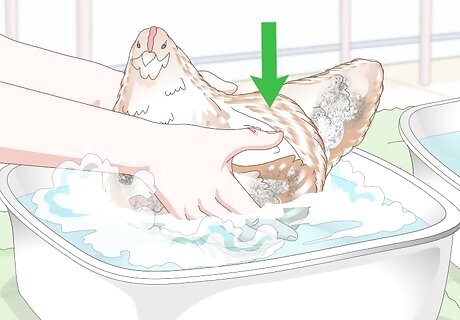
Lower your bird into the soapy water. With a hand on each side of your bird, holding its wings in place, place your bird slowly into the soapy water tub. Some birds will flap around at this stage, whereas others might simply relax into the water. If your bird starts to flap, regain control of its wing and continue on. Talking to your bird in a soft voice throughout the bath can also help to keep it calm. Your bird’s entire body up to its head should be submerged in the water.
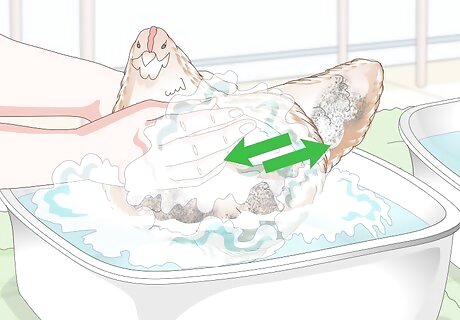
Lather your bird in the soap. Keep one hand on your bird’s wings. Use your other hand to rinse off your bird with a small cup. Dip the cup into the soapy water and drip it over your bird’s feathers. You can also use your hands to rub soapy water on to your bird. If your bird has crusted dirt or droppings on them, then you may need to let them soak for a few minutes before starting the lathering process. This is also the time when you can use a small nail brush to go over your bird’s nails to remove grime. This is a particularly important stage for a bird suffering from bumblefoot infection. Use small and controlled movements so your chicken stays calm during its bath.
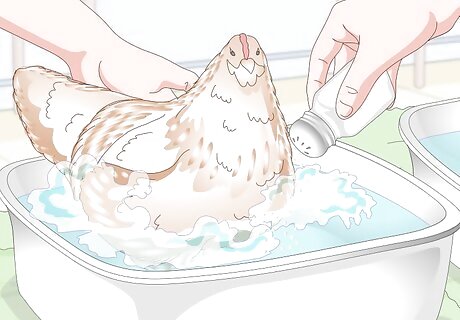
Add salt to the soapy bin and soak your bird as a mite treatment. If you are concerned that your chicken has mites (tiny insects) on its skin, then a salt bath can lessen any skin irritation and may even kill off the mites. Pour a few tablespoons of salt into the bath. Submerge your bird in the water for 5 minutes keeping its head above water. Then, continue the bath as usual. You can also add more or less salt depending on what seems to work the best for your chickens. Make sure to keep the water away from your chicken’s head and eyes in order to avoid irritation.
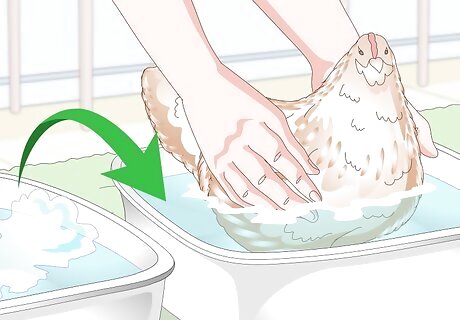
Transfer your chicken to the clean water tub. After you’ve fully covered your bird in soapy lather, then move it to the second tub of water. Repeat the process of holding your bird firmly as you lower it into the water. Then, use a fresh cup to rinse your bird off fully. Continue until you can’t see any soapy suds remaining on your bird’s feathers.
Drying Your Chicken
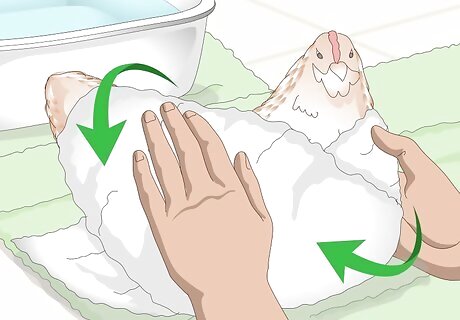
Wrap your bird in a clean, large towel. Move the bird directly from the final soaking bin to the dry towel on the floor. Then, place another clean towel around the chicken. Press the towel gently against your chicken and move it around very slightly. This will help the towel to absorb any moisture sitting on your bird’s feathers. Since chickens are unable to fully regulate their body temperatures, if you release your wet chicken into the pen they will likely catch cold. Keep your movements gentle in order to avoid damaging your bird’s feathers.
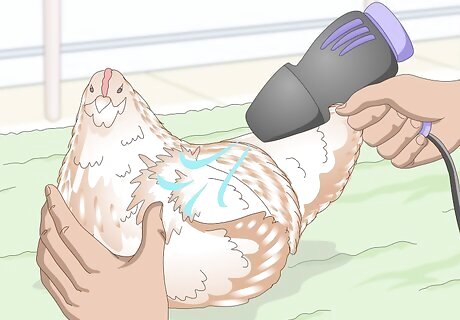
Use a blow dryer on the lowest setting to further dry your birds. A towel is a great drying tool, but it will not get deep into the feathers. Remove the towel around your bird and cradle them against your chest or the towel-covered ground. Put the blow dryer on the lowest setting and aim it toward your bird. Continue going until your chicken is dry. Keep the open end of your hair dryer at least 6 inches (15 cm) away from your bird to avoid damaging the feathers with too much airflow. Don’t ever dry your chicken on a high setting, as you could risk burning its feathers. Have someone help you hold the bird since the noise of the hair dryer may frighten it.
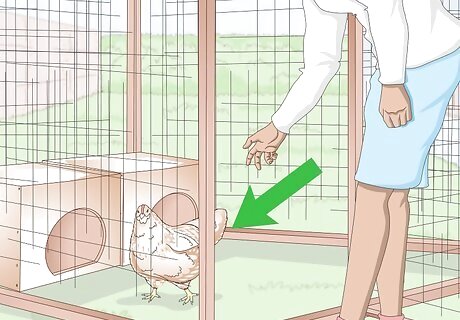
Release your chicken back into the pen. As soon as your bird’s feathers feel dry to the touch, you can place them back in their pen. If possible, clean the pen up a bit beforehand to keep your birds staying clean for just a bit longer.
Preparing Your Chicken for Show
Start washing a couple of days before the show. When preparing birds for show it is best to wash them 2-3 days prior to judging, allowing them to regain the sheen of their natural oils. Feet and vent areas can be gently touched up on the day of judging. White birds being prepared for show may be given a second rinse containing a very small amount of optical whitener such as ‘Bluo’, which brightens their colouring. Handle your bird very carefully, as broken feathers may impact on the success of the bird.
Keep them clean until the show. After washing place the bird in a clean pen with fresh bedding, replaced whenever soiled, until the show to maintain cleanliness.
Take care of other pre-show preparation. For example, the nails and spurs of show birds should be neatly trimmed and filed down to the beginning of the blood filled quick, the lighter coloured, raised area in the underside of the toenail. This can be done with rabbit nail clippers, a coarse nail file, and secateurs for the spurs. To add vibrancy and shine to the bird’s face, comb, wattles, legs, and feet, a light coating of olive oil may be applied with a cloth the morning of judging. Avoid adding excess oil as this will attract dust and make these areas appear ashy and dirty. Only enough oil should be applied so as to just bring out the natural vibrancy of the areas. For other show preparation, check out How to Show Chickens.
Do a last minute wipe before the show. Just before placing the bird in its cage at the show, gently wipe it all over in the direction of its feather with a silk cloth, e.g. a silk scarf. This helps to align and smooth feathers, and to add extra sheen to the bird. The healthier, happier, and more confident your bird appears, the more likely the judge will favour it. Ensure your bird’s health, diet, and comfort around humans is maintained throughout show preparation.


















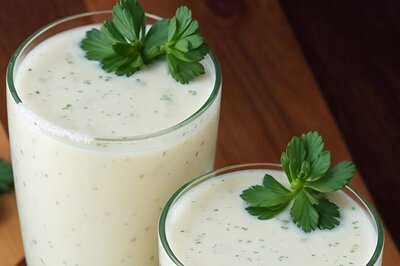

Comments
0 comment